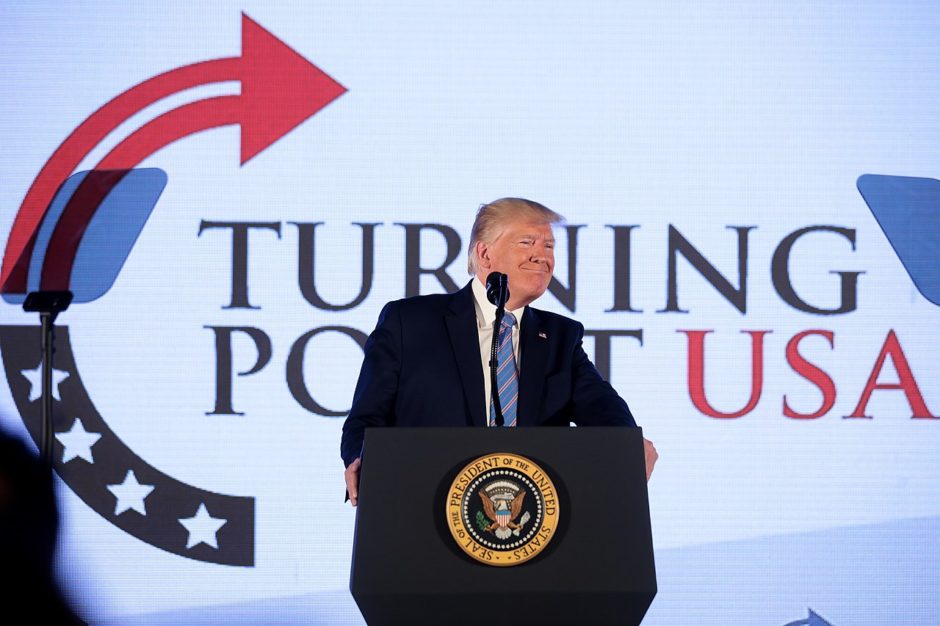President Donald Trump’s momentous decision to pull more U.S. forces out of Syria has unleashed a chaotic and confusing roller-coaster of events in the Middle East that could well be detrimental to American interests in the region.
Trump, after phoning Turkish President Recep Tayyip Erdogan last week, withdrew some 50 U.S. troops from outposts in the northern Syrian towns of Tel Abyad and Ras al-Ain, thereby giving Turkey — a U.S. ally — tacit approval to invade the mainly Kurdish-populated area adjacent to its southern border.
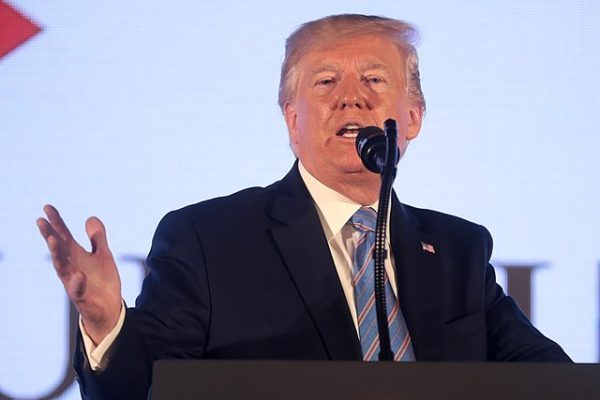
Last December, Trump announced that the 2,000-strong U.S. garrison in Syria would be evacuated within 30 days. After reconsidering the matter, he left 1,000 Americans in Syria. But Trump’s exit plan prompted the resignation of his secretary of defence, James Mattis, and his special envoy to the international coalition combatting the Islamic State organization, Brett McGurk.
Several days after Trump announced that another withdrawal would take place, the Turkish army and its Syrian Arab allies advanced deeper into Syria and clashed with Kurdish fighters. U.S. Defence Secretary Mark Esper then issued an announcement that still more U.S. soldiers would be withdrawn from northeastern Syria in the weeks to come, leaving only a contingent of American troops at the Al-Tanf base in south-central Syria, near Jordan. This base is designed to protect Jordan, a U.S. ally, and to counter Iran’s efforts to build a land corridor from Tehran to Syria and Lebanon, a project vehemently opposed by Israel.
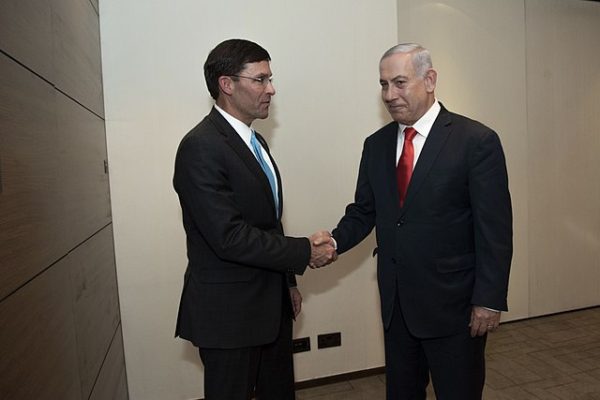
With Trump having abandoned his Kurdish allies from the Syrian Democratic Forces to the tender mercies of Turkey, the Kurds — the largest minority in the Middle East still bereft of statehood — forged an expedient alliance with the Russian and Iranian-backed Syrian government, which promptly dispatched its army northward to recapture territory along the Turkish frontier.
This left open the possibility of an armed confrontation between the Turkish and Syrian armies in the buffer zone that Turkey seeks to create along its 556-mile-long border with Syria.
Even if the two armies manage to stay clear of each other, Syria, embroiled in a civil war since 2011, will be primed to reclaim yet more territory and thus bring the civil war one step closer to being resolved in its favor.
The pullout of American forces from Syria could have grave consequences.
U.S. credibility and influence in the Middle East will be eroded, and adversaries may yet test its resolve. Islamic State, battered into submission after capturing wide swaths of Iraq and Syria, may recover and rebound. Iran will probably have greater freedom of maneuver. Washington’s hope of easing Syrian President Bashar al-Assad out of power has been dashed. Syria’s chief ally, Russia, has increased its clout not only in Syria but in the entire Middle East.
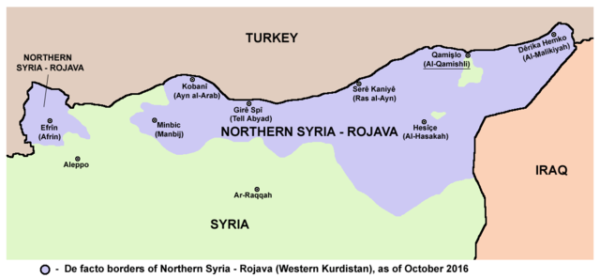
The United States was drawn into the Syrian cauldron in 2014 after Islamic State seized about two-thirds of Syria’s land mass. The Syrian Democratic Forces, a coalition of Kurdish groups supported by American air power, systematically ousted Islamic State from the Turkish border region, losing 11,000 fighters in the process. In short order, the Kurds established a semi-autonomous enclave there known as Rojava.
Turkey, fearing its national security would be compromised by Rojava’s formation, warned the United States it would not tolerate a separatist Kurdish enclave so close to its border. Turkey accused the Syrian Democratic Forces of maintaining ties with the Kurdistan Workers’ Party. Otherwise referred to as the PKK, it has carried out numerous acts of terrorism on Turkish soil and has been designated as a terrorist group by both Washington and Ankara.
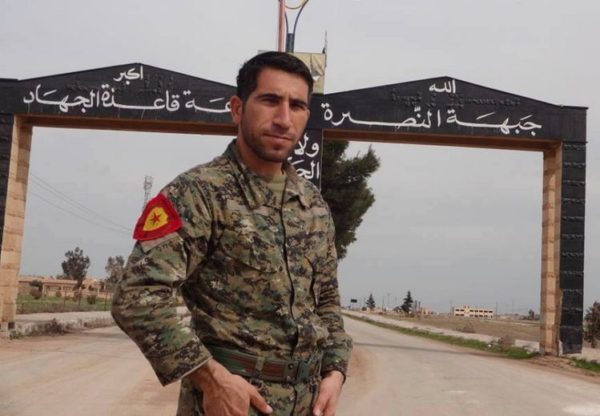
Turkey’s launched its air and land campaign very soon after Trump’s telephone conversation with Erdogan. According to reports, the attacking force consisted of two armored brigades, two mechanized infantry brigades, one commando brigade, two gendarmerie special operations battalions, special forces teams, and more than 5,000 Turkish-backed Syrian National Army fighters.
The Turkish invasion was denounced by the European Union (which imposed an arms embargo on Turkey), the Arab League, Canada and Israel, whose policies vis-a-vis the Palestinians have often been castigated as “state terrorism” by Erdogan. In a statement, Israeli Prime Minister Benjamin Netanyahu said, “Israel strongly condemns the Turkish invasion of the Kurdish areas in Syria and warns against the ethnic cleansing of the Kurds by Turkey and its proxies. Israel is prepared to extend humanitarian assistance to the gallant Kurdish people.”
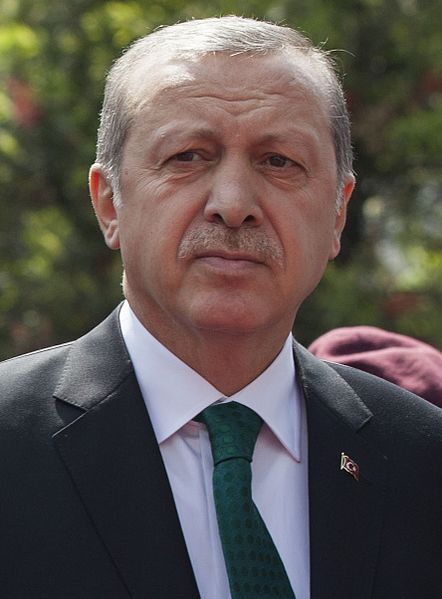
Erdogan broadly characterized the invasion, dubbed Operation Peace Spring, as an attempt to preserve Syria’s territorial sovereignty and to wipe the area clean of Kurdish and Islamic State fighters.
In a speech at the United Nations General Assembly last month, Erdogan laid out a plan to carve out a large buffer zone along Turkey’s border with Syria. The area, 300 miles long and 20 miles deep, would be off-limits to Kurdish forces. This “safe zone” would accommodate two to three million Syrian refugees currently living in Turkey.
He warned the European Union he would permit millions of Syrian refugees in Turkey to flee to Europe if it criticized Turkey’s offensive in Syria. “Hey EU, wake up,” he said. “I say it again: if you try to frame our operation there as an invasion, our task is simple: we will open the doors and send 3.6 million migrants to you.”
Turkey also described Operation Peace Spring as a counter-terrorist operation, given the connection the Turks see between the Kurdistan Workers’ Party and the Syrian Democratic Forces.
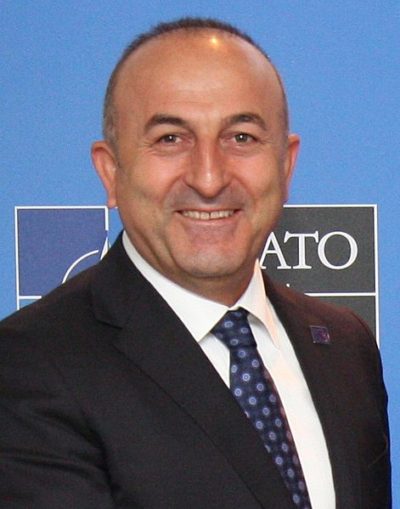
Turkey’s foreign minister, Mevlut Cavusoglu, initially said that Turkey had no intention of penetrating more than 18 miles into Syria, a distance that would prevent Kurds from firing missiles into Turkey. Later, he admitted that Turkey intends to create a corridor stretching for hundreds of miles along the Turkish-Syrian border. “We will do that in time,” he said.
Operation Peace Spring is Turkey’s third military incursion into Syria in three years.
In 2016, in its first direct intervention, Turkey moved into the town of Jarablus in an attempt to hammer the People’s Protection Units (YPG), a branch of the Syrian Democratic Forces. In January 2018, Turkey rolled into the mainly Kurdish enclave of Afrin to deny the Kurds territorial contiguity in their quasi-independent entity along the Turkish border.
Trump, in tacitly endorsing Turkey’s latest incursion into Syria, reiterated that the United States has no business in Syria any longer. “It is time for us to get out of these ridiculous Endless Wars, many of them tribal, and bring our soldiers home,” he tweeted. “We will fight where it is to our benefit, and only fight to win. Turkey, Europe, Syria, Iran, Iraq, Russia and the Kurds will now have to . . . figure the situation out … ”
Claiming that “the United States does not endorse this attack and has made it clear to Turkey that this operation is a bad idea,” Trump denied he had betrayed the Kurds. “We may be in the process of leaving Syria,” he said, “but in no way have we abandoned the Kurds, who are special people and wonderful fighters.”
He warned Erdogan he would impose sanctions on Turkey if it targets ethnic and religious minorities during its operations. “If Turkey does anything that I, in my great and unmatched wisdom, consider to be off limits, I will totally destroy and obliterate the Economy of Turkey (I’ve done before!),” Trump tweeted.
On October 14, Trump slapped sanctions on Turkey, halting trade negotiations and raising steel tariffs in a bid to pressure Erdogan to stop his offensive. Trump also announced that Vice-President Mike Pence would travel to Turkey on a peace mission.
In the meantime, Trump’s rationale for leaving Syria has fallen on deaf ears among some of his strongest supporters.
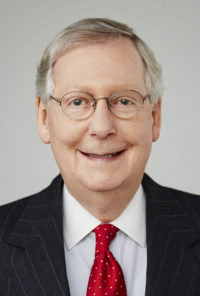
Senator Mitch McConnell, the Republican majority leader, warned against “a precipitous withdrawal,” saying it could only benefit Russia, Iran, Syria and Islamic State.
Senator Lindsey Graham, one of Trump’s staunchest supporters, denounced the U.S. withdrawal as “shortsighted and irresponsible.” As he wrote in a tweet, “The most probable outcome of this impulsive decision is to ensure Iran’s domination of Syria. The U.S. now has no leverage, and Syria will eventually become a nightmare for Israel.”
Nikki Haley, the former U.S. ambassador to the United Nations, tweeted, “We must always have the backs of our allies, if we expect them to have our back. The Kurds were instrumental in our successful fight against (Islamic State) in Syria. Leaving them to die is a big mistake.”
Haley’s heartfelt words recalled a previous U.S. betrayal of the Kurds.
In 1974, the United States and Iran encouraged Kurds in Iraq to rebel against the Iraqi Baathist regime, and CIA agents were dispatched to assist them. Kurdish leader Mustapha Barzani believed U.S. Secretary of State Henry Kissinger’s assurance that the United States would stand behind the Kurds.
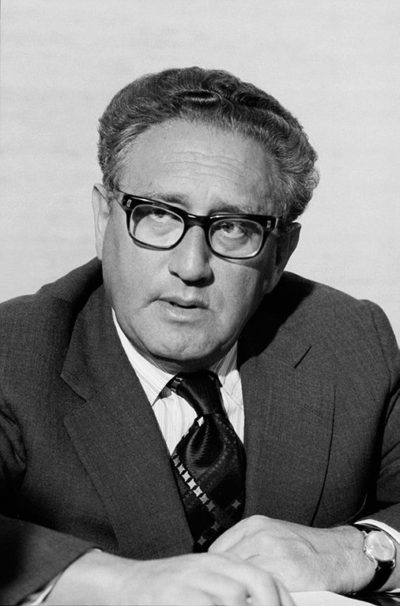
But in 1975, following Iran’s surprising rapprochement with Iraq, the Iranian government threw the Kurds to the wolves. The United States honored that agreement, leaving the Kurds blowing in the wind.
